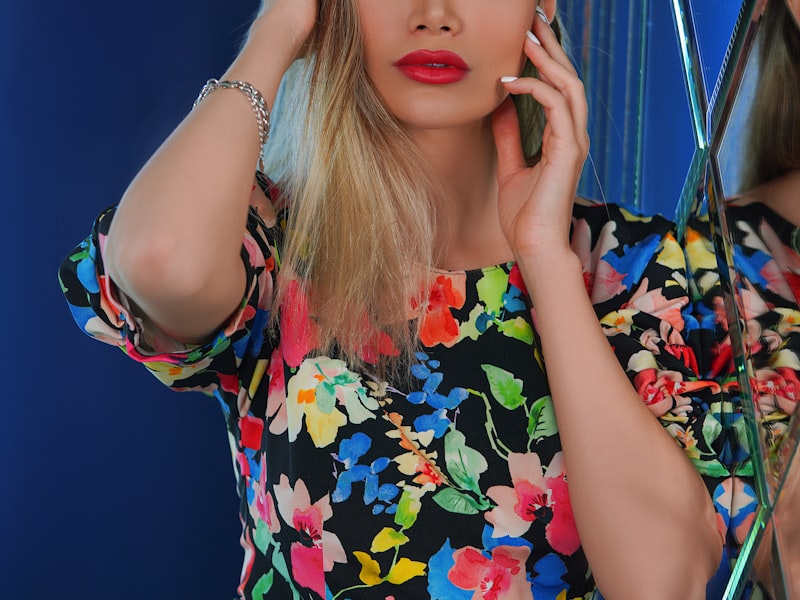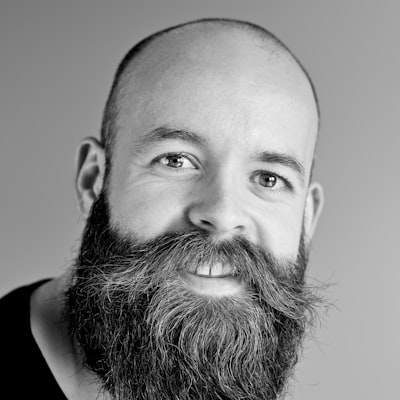Learn how to Earn $398/Day Using Lucio Fontana

Inadequacy
Concepts such as art and life must mix with each other since there is no need for keeping a distance between the human and the human itself. Art is life (creative energy sexual) Who would have thought that? That is why the most interesting art is that which talks about life, that reveals different experiences, recollects the details, curiosities, and viewpoints.
When it comes to living it is essential to defy the notion of a perfectionism that can be attained (in in order to be able to meet this kind of expectation the only form of art that we can think of is the cinema). The nature of error is the essence of being Human The stumbling block upon which we've every one of us at one time or another: impulsive judgment, impulsiveness, fear or anger, the unending desire for safety and control, wrong choices. Don't tell me you have never made any of these errors?
Open: a fresh perspective from which to see
When we fall, we hurt ourselves more or less intensely and tend to look at the cause of our fall, and to think that the mistake was a result due to the expectation we have of ourselves and others. The injury is actually the place that we are able to discover the truth, from which we stop taking refuge in the false notion of perfection (which in the event that it was so shouldn't be hurting) and take a look at what's broken. We look at it and then look at ourselves.
Fontana cut her hair with the consciousness of breaking, opening, and tearing since destruction is often the strongest creative act, all the more so in a culture in which, even from a young time, we are ensconced in a strong, impregnating systems of values and beliefs. It's not a coincidence that Fontana declared in 1963 during an interview with Nerio Minuzzo that:
"The people who criticize me have often been a slam on me, but I have never thought about it. I just went with it and I never took any kind of salute. In the past, they have called me "the one who has holes', with some pity even. Today, I realize that my cuts and holes have created a taste are accepted, and even have practical applications. In theatres and bars, they have ceilings made of holes. Because , today that even people on street are aware of the new forms. It is the artists that are the ones who know more '.
When Fontana talks about street people, he is evoking the image of imperfection in which the hole is a form like every other one in which the becoming of life can be seen. He is not afraid of dust nor the violent nature of creative expression: he throws tar on a plaster sculpture of a man , and names the sculpture 'Black Man'.
Years later, the cut transforms into the conquer of space, as an overcoming of sculpture and painting through the creation of a new dimension that includes both of them breaking away from verticality, in favor of the possibility of crossing.
The palpitation that occurs, both exhaling and inhaling the canvas, is reminiscent from afar, in a more intellectual and bourgeois version of the work Gina Pane later performed on her body: the gesture is nonetheless the immortal main character in this context, where art is destined to be destroyed; the cuts and wounds are border, path and exchange. The artist herself opens the canvas by splitting it in two and declares it to be finite. the holes are transformed into black holes that provide the illusion of depth and reveal the infinite , which we'll never know.
We are waiting for new discoveries that we haven't discovered yet
Fontana called the cuts "Waits," the openings from which new and new things are born which we don't are aware of.
If we make a mistake, when we hurt or injure the other injuring or hurting another, we need to wait for a time before the response. It starts with the shock of the mistake and the failure to be over, then figuring out what path to take to rectify the mistake or avoid it; then we wait for the consequences of that fracture, that mistake that could turn out to be an amazing resource. It could also be a waste of time.
Few understood (and understand) this concept because they are constantly judging what reality and the human condition should be, too used to the dual nature that is the nature of canvas. We continue to defend with all our might the best practices, the right method of presenting and being as a person in the society, that we turn to norms that ultimately define the concept of normativity.
There is nothing more absurd than this. Convinced that we know everything and everything, we apply our standard to every organism and ecosystem in the world however, in reality we see it from a narrow and biased viewpoint that is not in line with the reality of Anthropocentrism as well as personal interpretations of the other that are almost never the most accurate.
Accept that there is no perfection in the absolute sense.
The same is true of this society that wants us to do our best at all cost, but without reflecting on the fact that perhaps, rather than increasing standards, we need to become more accepting of the world as it is. Do we accept pain? Do we accept death? Do we accept bodies? Do we accept diversity? Most importantly, after accepting, do we dignify?
In most cases do we choose to ignore what does not coincide with the "perfect" nature of our own little planet or universe. This causes us to be feel angry, shocked, and disgusted and pushed aside, then swept under the carpet, and so we manifest the imperfections that we are in reality, yet we refuse to accept it.
Understanding one's own limitations is important, as is realising the interconnectedness of everything that is the world system: either we are ALL put in a position to give our best, or there is no reason to compete or exert effort, except for the purpose of fuelling inequalities. It's great and good that some after much effort have made it, like those who were so fortunate. However, in a larger context, always pushing the boundaries just a bit further the definition of 'a perfection' in an imperfect' context; no "perfection" in an absolute sense.
Does this even exist?
Cut and let the truth be revealed
We can say that Fontana was a tyrant, as right from the beginning Fontana rejected the simple paths of success, preferring to try out the untested and unpredictability, which is to say: abandoning the notion of being the one that was successful, he pursued the path of study which led him to discover some facts.
.jpg)
For me, and in my personal perspective, Fontana is the one who tears open the veil and lets the light through, even if he put obscuring black sails behind the cuts. A spatial artist as well as one of the pioneers of that art understood not only as a work but as a gesture a gesture, around and in the context of actions in space, and performance as the activation of narrative, which is a large part of what is being done today.
To me, his cuts illuminate all these, opening new perspectives on art and new perspectives about the world and new questions. The wound that he has caused is not just pain, the wound highlights mortality, shortness, uncertainty and fragility. A wound can make us question our existence as well as make us doubt, and this practice is essential to stay on the ground. While it can be difficult to suffer and as much as it is in a perfect narrative of life it would be wonderful (and just) to learn through positive reinforcements. As long as we as a society are unwilling to avoid each other's suffering as much than our own, we are stuck in the unsolved, and to live in an insanity.
So let's enjoy lucio fontana painting and the happy endings it brings, its perfection so taken for granted and which we mistakenly end up taking as a model of life since the visual arts, contrary to what they appear are the product of suffering. Every artist, in order to convey a bit of truth, had to pass through the wound.
